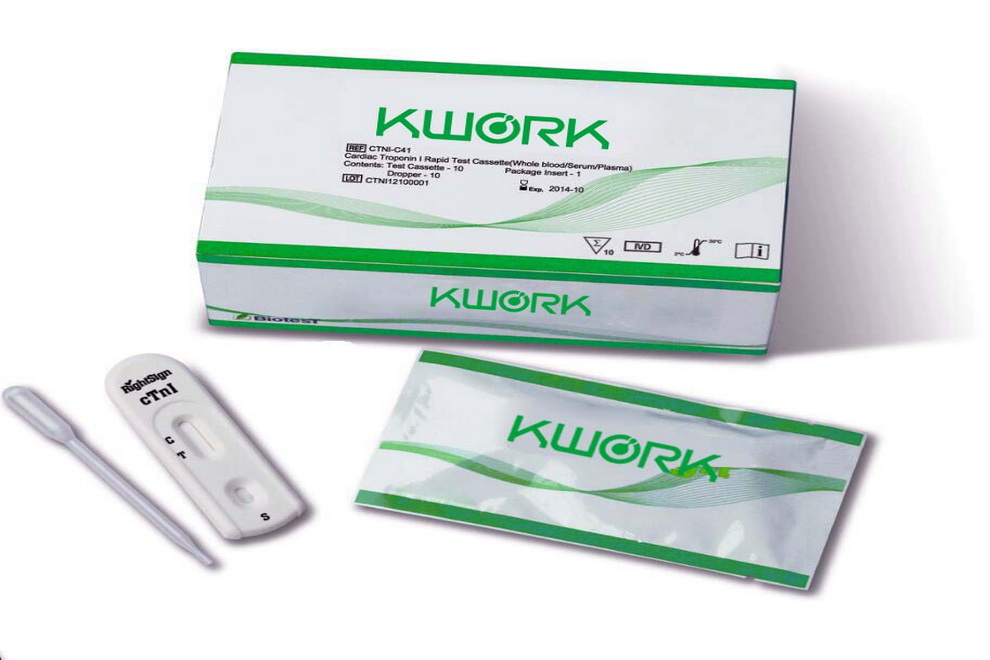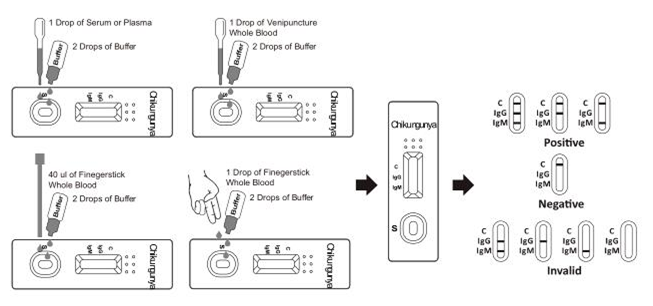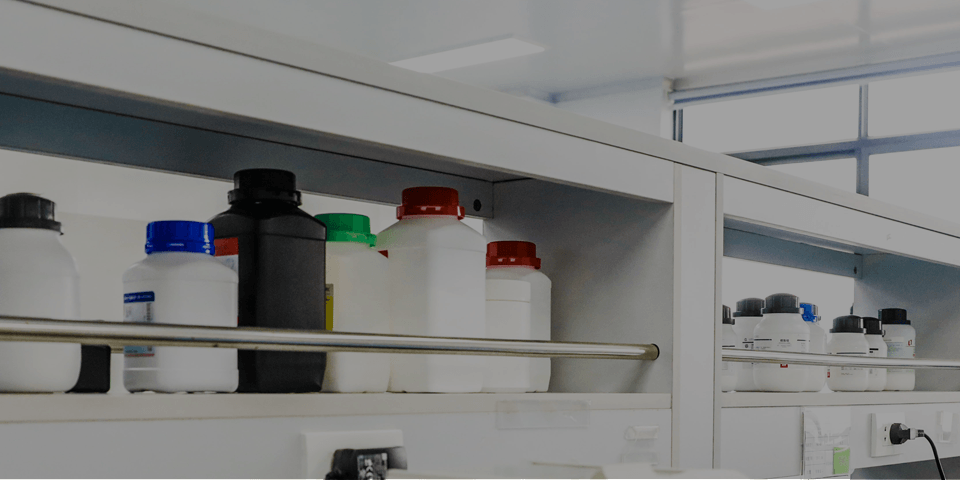
【SUMMARY】
Chikungunya is a rare viral infection transmitted by the bite of
an infected Aedes aegypti mosquito. It is characterized by a rash, fever, and
severe joint pain (arthralgias) that usually lasts for three to seven days. The
name is derived from the Makonde word meaning ‘that which bends up’ in
reference to the stooped posture developed as a result of the arthritic
symptoms of the disease. It occurs during the rainy season in tropical areas of
the world, primarily in Africa, South-East Asia, southern India and Pakistan.
The symptoms are most often clinically indistinguishable form those observed in
dengue fever. Indeed, dual infection of dengue and chikungunya has been
reported in India . Unlike dengue, hemorrhagic manifestations are relatively
rare and most often the disease is a self limiting febrile
illness. Therefore it is very important to clinically distinguish dengue from
CHIK infection. CHIK is diagnosed based on serological analysis and viral
isolation in mice or tissue culture. An IgM immunoassay is the most practical
lab test method.
【DIRECTIONS
FOR USE】
Allow test cassette, specimen, and/or controls to equilibrate to
room temperature (15-30°C) prior to testing. Allow test cassette, specimen,
and/or controls to equilibrate to room temperature (15-30°C) prior to testing.
1. Bring the pouch to room temperature before opening it. Remove the test
cassette from the sealed pouch and use it as soon as possible. Best results will
be obtained if the assay is performed within one hour.
2. Place the cassette on a clean and level surface.
For Serum or Plasma specimen: Hold the dropper vertically and transfer 1 drop
of serum or plasma (approximately 40μl) to the specimen area,then add 2 drops
of buffer (approximately
80mL),and
start the timer, see illustration below.
For Venipuncture Whole Bloodspecimen: Hold the dropper vertically and transfer
1 drop of whole blood (approximately 40μl to the specimen area, then add 2
drops of buffer (approximately 80μl), and start the timer. See illustration
below.
For Fingerstick Whole Bloodspecimen:
· To use
a capillary tube: Fill the capillary tube and transfer approximately 40μl of
fingerstick whole blood specimen to the specimen area of test cassette, then
add 2 drops of buffer
(approximately 80mL)
and start the timer. See illustration below.
· To use
hanging drops: Allow 1 hanging drop of fingerstick whole blood specimen
(approximately 40μl) to fall into the specimen area of test cassette, then add
2 drops of buffer (approximately 80μl) and start the timer. See illustration
below.
3. Wait for the colored line(s) to appear. Read the result at 15 minutes, do
not interpret the result after 20 minutes.




